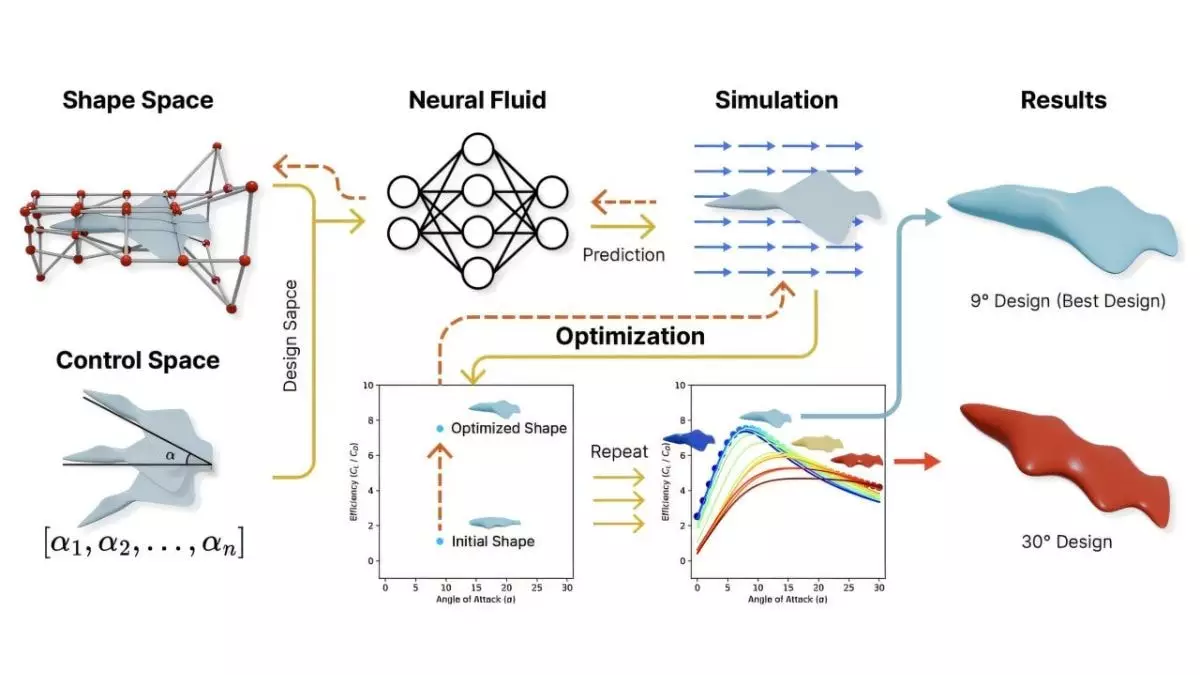The innovative efforts to mimic marine animals like fish and seals in engineering are undoubtedly a fascinating stride toward more efficient underwater vehicles. By drawing inspiration from the natural world, researchers aim to harness the fluid, energy-efficient movement patterns perfected over millions of years. This approach not only offers the promise of longer deployments and better data collection but also aligns with a broader understanding of sustainable engineering—an essential consideration given the increasing human footprint on our oceans. The integration of AI in designing these gliders signifies a leap forward, suggesting that future underwater exploration could become more adaptable, cost-effective, and sensitive to environmental conditions.
The Overhyped Hype and Technical Realities
However, despite the excitement surrounding AI-driven bioinspired technology, it is crucial to critically evaluate its actual capabilities versus the promising narratives. While AI can generate novel shapes and simulate their aerodynamic and hydrodynamic properties, the real-world application often faces unforeseen constraints. The tests of prototypes in wind tunnels and underwater environments are promising, but they are still early steps in a long road. Relying heavily on AI-designed shapes can lead to overconfidence in these models—models that may perform well in controlled settings but falter amid the unpredictability of the open sea. The assumption that a better shape automatically translates to efficient long-term exploration overlooks complexities like biofouling, unpredictable currents, and the impact of varying salinity and temperature.
Environmental and Ethical Considerations
While these technological advancements are applauded for their potential, they often overlook the environmental footprint of their deployment. Fabricating these vehicles using lightweight materials might seem beneficial, but the manufacturing process, energy consumption, and eventual disposal raise concerns. Moreover, the increased presence of autonomous underwater vehicles raises questions about marine life disturbances and pollution. There’s also the risk of technological obsolescence—rapid AI development could lead to a proliferation of devices that clutter fragile ecosystems or cause interference with natural marine behaviors. Responsible innovation must include a rigorous ethical framework to ensure that our quest for knowledge doesn’t come at an unintended cost to ocean health.
Balancing Innovation with Realism
It is vital to maintain a realistic perspective about these advancements’ potential. While bioinspired, AI-assisted gliders may indeed enhance ocean research, they are far from being a panacea for all underwater exploration challenges. They represent a step in the right direction, but the hype risks overshadowing the enduring importance of traditional scientific inquiry and human oversight. The push for rapid development—accelerated by AI’s efficiencies—can sometimes neglect the patience and meticulous testing necessary to ensure these vehicles function reliably in complex environments. Sustainable progress in ocean exploration demands a balanced approach—embracing innovation while critically assessing its limitations, costs, and ecological impacts. Only then can we truly harness this technology to deepen our understanding without compromising the delicate ecosystems we seek to study.


Leave a Reply